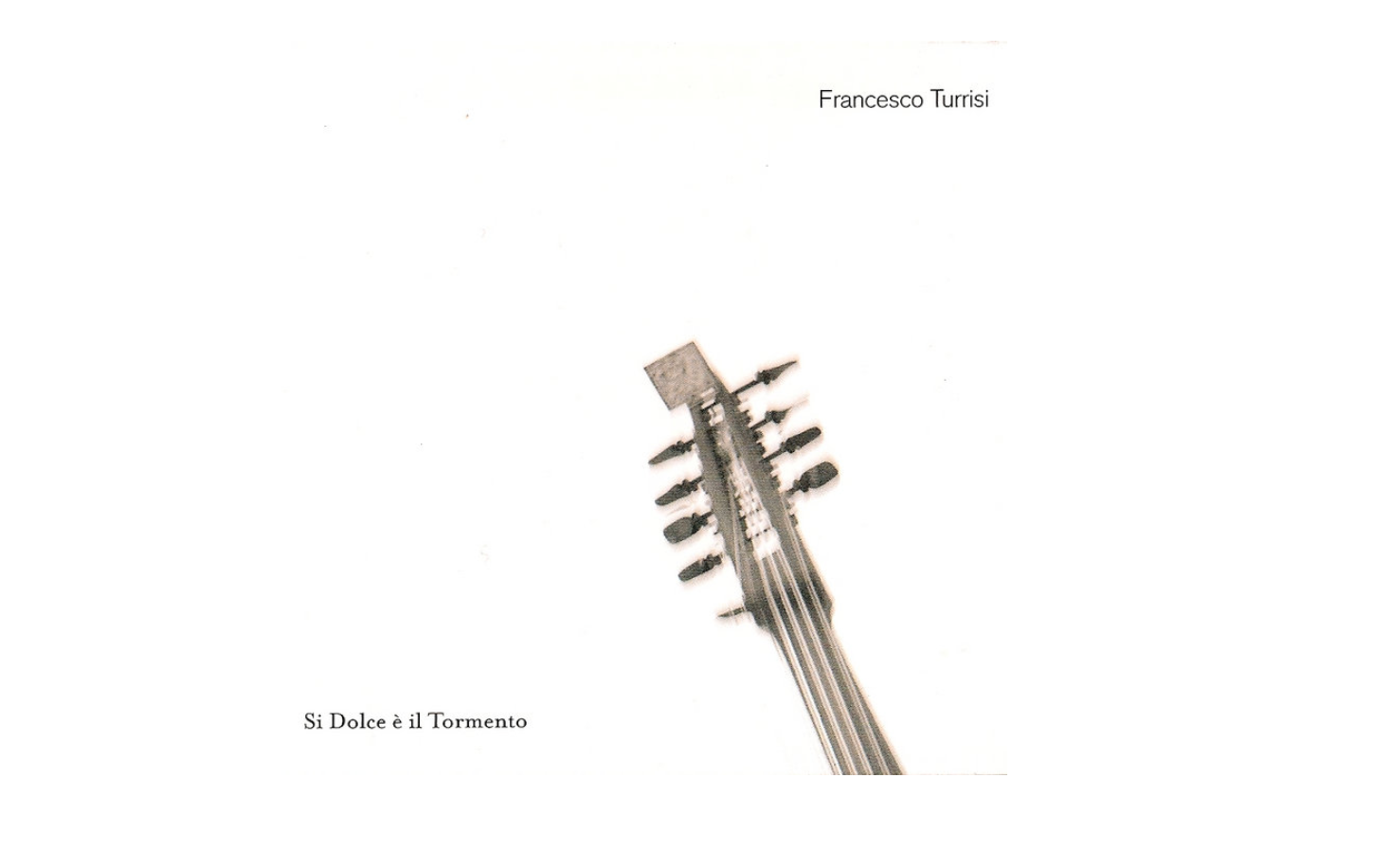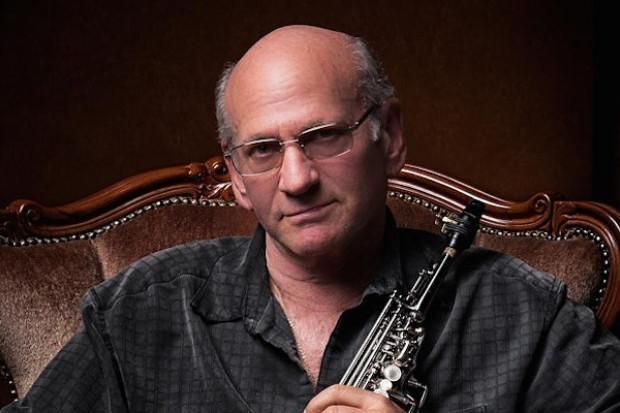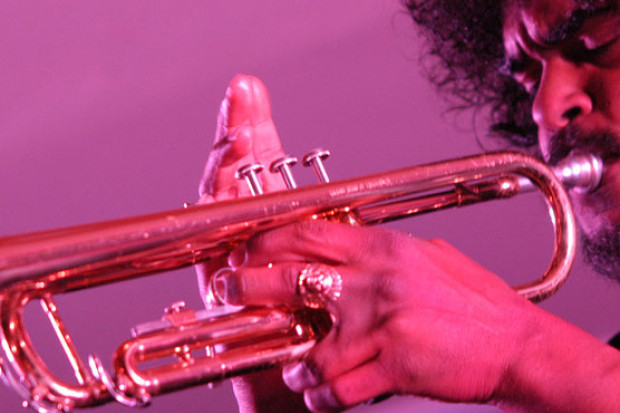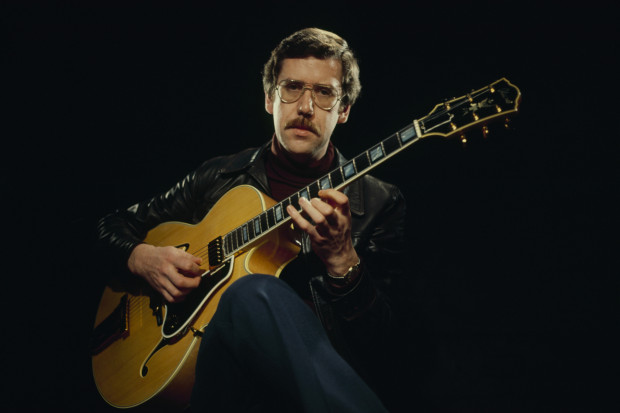
CD Review: Si Dolce è il Tormento – Francesco Turrisi
Francesco Turrisi is an Italian pianist, accordionist and percussionist who has been brightening the Irish jazz scene with his unique blend of influences since moving to Dublin three years ago. With a pedigree that includes time with the improvising early-music ensemble L’Arpeggiata, performances with jazz stars such as Dave Liebman and Gianluigi Trovesi and a range of other collaborations, Turrisi has exhibited what he calls an ‘omnivorous’ appetite for different musical forms, perhaps best illustrated by his recent leadership of the groups Tarab and Zahr and their exploration of classical Arabic music and the folk traditions of the Mediterranean basin.
But with Si Dolce è il Tormento, his first CD as leader, Turrisi confines himself to piano and focuses on the territory where jazz meets the music of seventeenth-century Italy. The packaging of this recording – stark, black-and-white images of religious iconography and period instrument detail – hints at the music within: a view of the Renaissance fusion of heaven and earth through the prism of a twenty-first century sensibility. The result is both surprising and sublime.
The title track is a Monteverdi madrigal, memorably given a jazz context a decade ago by the Italian trumpeter Paolo Fresu. Turrisi’s interpretation retains more of a baroque feel than Fresu’s Miles Davis-inflected version, with Richard Sweeney’s theorbo providing an original-instrument underpinning to this striking melody. Apart from this track and a Tarquino Merula canzonetta, all other pieces on the album are Turrisi’s own. It is a measure of the success of his synthesis of old and new that his compositions are very close in tone and structure to his take on the Renaissance songs – not because Turrisi is being self-consciously archaic, but because his approach has found the right balance between ancient form and contemporary technique.
The sublimity is in the melodies and subtlety of the musicianship, primarily the core trio of Turrisi, Sean Carpio on drums and Dan Bodwell on bass. The mood of the recording is consistently delicate, with an emphasis on colour and discriminating shifts of tone. Passacaglia, the hymn-like ‘La Monica’ and the solo-piano Toccata stand out for their exquisite exploration of melody.
The surprise is in how well the baroque inflections work in a jazz context. Often as I listened I was reminded of the modal work of Davis and Bill Evans, and the echoes in Turrisi’s playing of traditional Italian music are reminiscent of the Spanish folk elements that John Coltrane infused into some of his music. Beneath its simple structure, ‘Salve Regina’ has great tension and submerged energy. ‘Lamento di Paolo e Francesca’ is a good example of Carpio’s sure touch and Turrisi’s ease with his rhythm section. All told, this album offers much to satisfy musical tastes that literally range across centuries.
Published on 1 June 2009
Kevin Stevens is is a Dublin-based novelist and writer on history, literature, and jazz.















